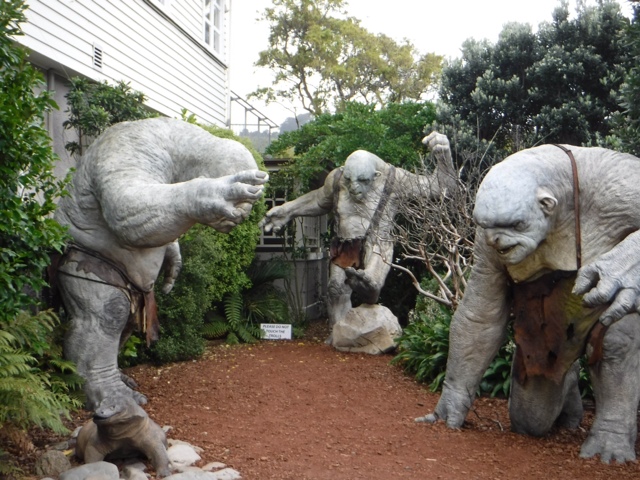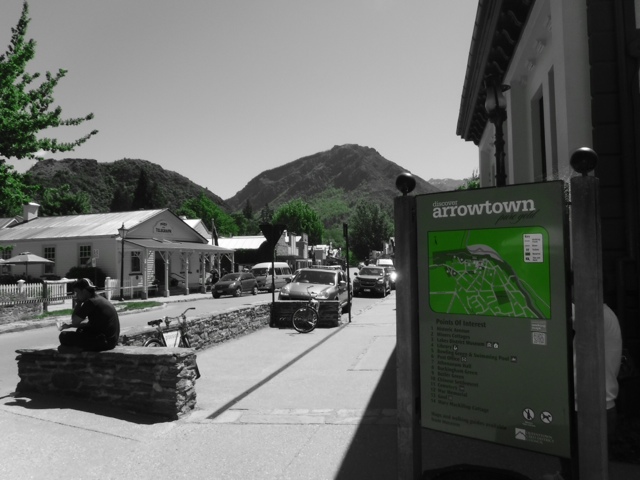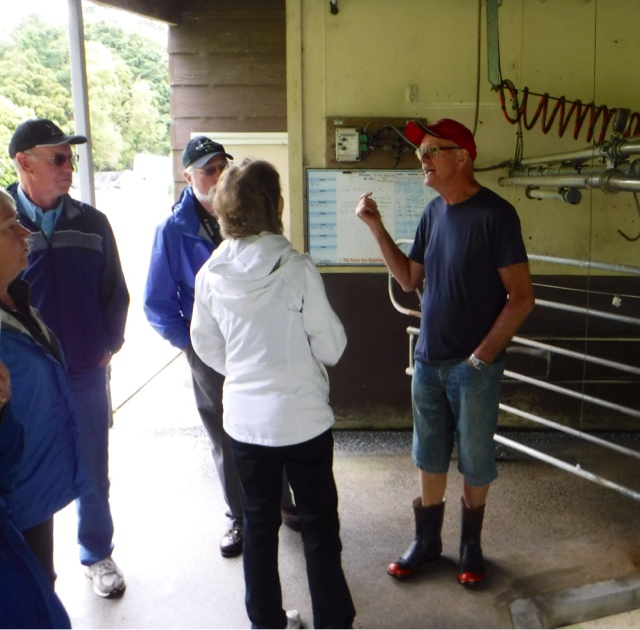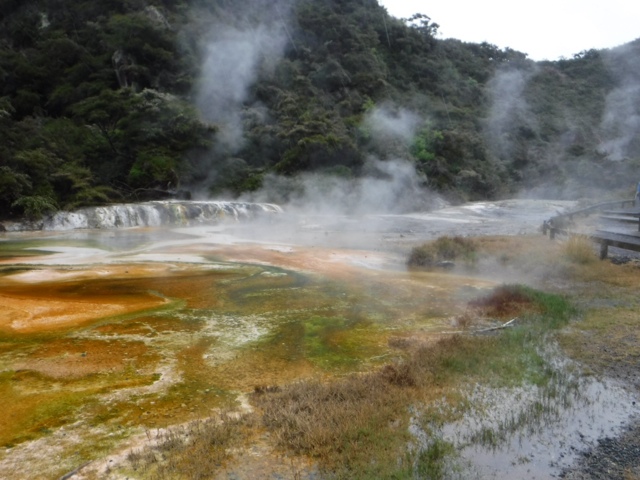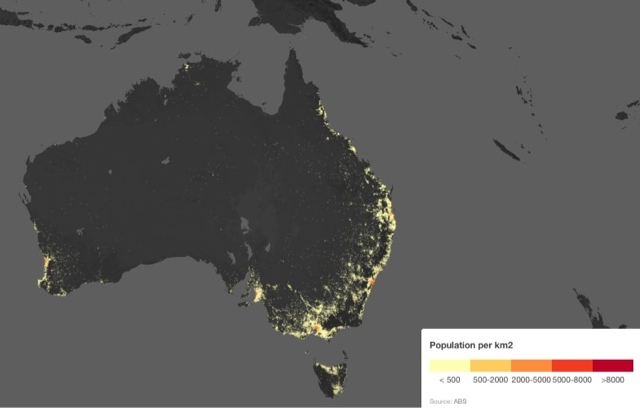We ended our sojourn to the west coast of the South Island with a trip over the "Alps" to Christchurch, on the east coast. The historic core of Christchurch was devasted by a massive earthquake in 2011 leaving little of its former charm. So we headed straight to the airport, paused at a most interesting center for Antarctic exploration and then jetted across the Cook straight to the North Island and the nation's capital, Wellington. (Christchurch is the jumping off base for US exploration activity in Antarctica.)
Based on two days of exposure to the city it appears Wellington is best know for it's wind and movie making. The wind is the stuff of legends. They brag about the number of windy days they experience annually. They have artworks dedicated to the demonstration of the winds impact. Since we arrived the wind has kept the well protected harbor in a constant froth.
Four of next five days show wind--25 to 35 mph
We are told the weather is influenced by the Cook Passage, the channel between the north and south islands which is known for nasty weather. In any case, we have had constant strong wind.

The movie making part of the reputation came as a surprise since Wellington is a long way from Hollywood. Their reputation can be attributed to a number of factors....the government gives movie makers incentives to film here, the scenery offers variety needed for many of the films and there is a growing core of creative types who represent the leading edge of special effect technology for movie making. The Hobbit, The Lord of the Rings and Avatar are just a few well known movies filmed on location or in Wellington studios.
Today we visited the WETA Cave Workshop home to some of that creative talent (www.wetanz.com)
Other than the wind Wellington might be a pleasant place to live. But, as a contact lense wearer, it is an inhospitable place.



